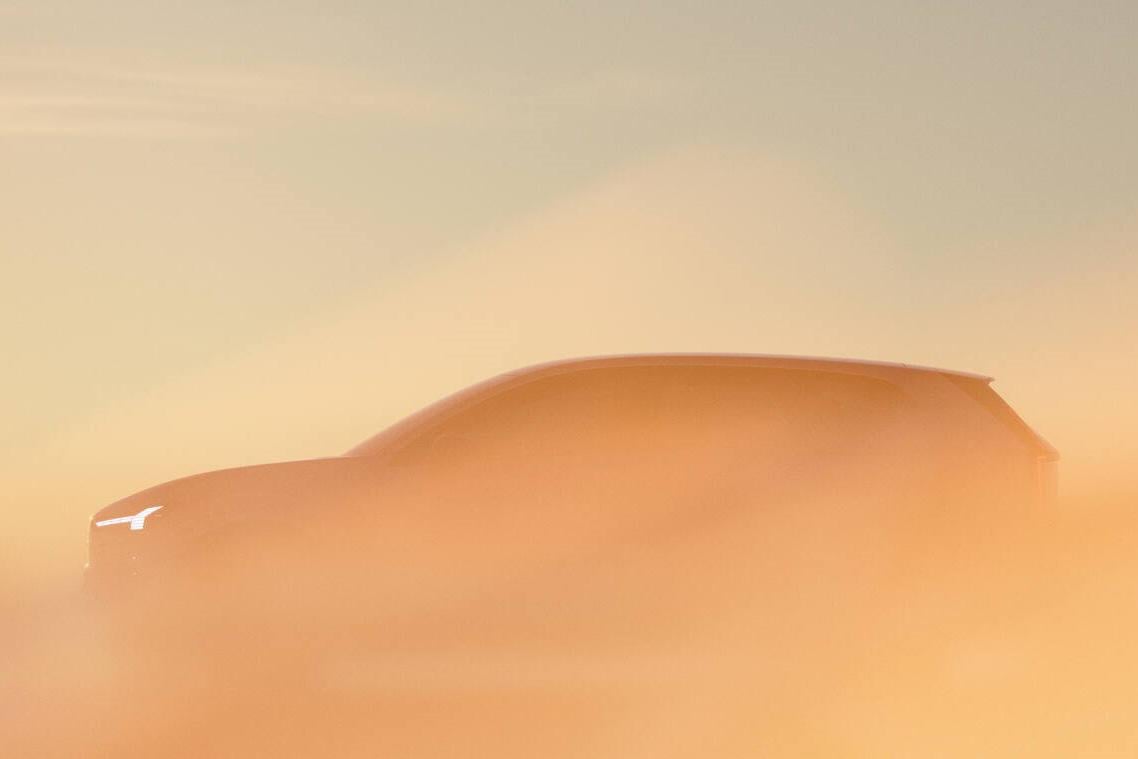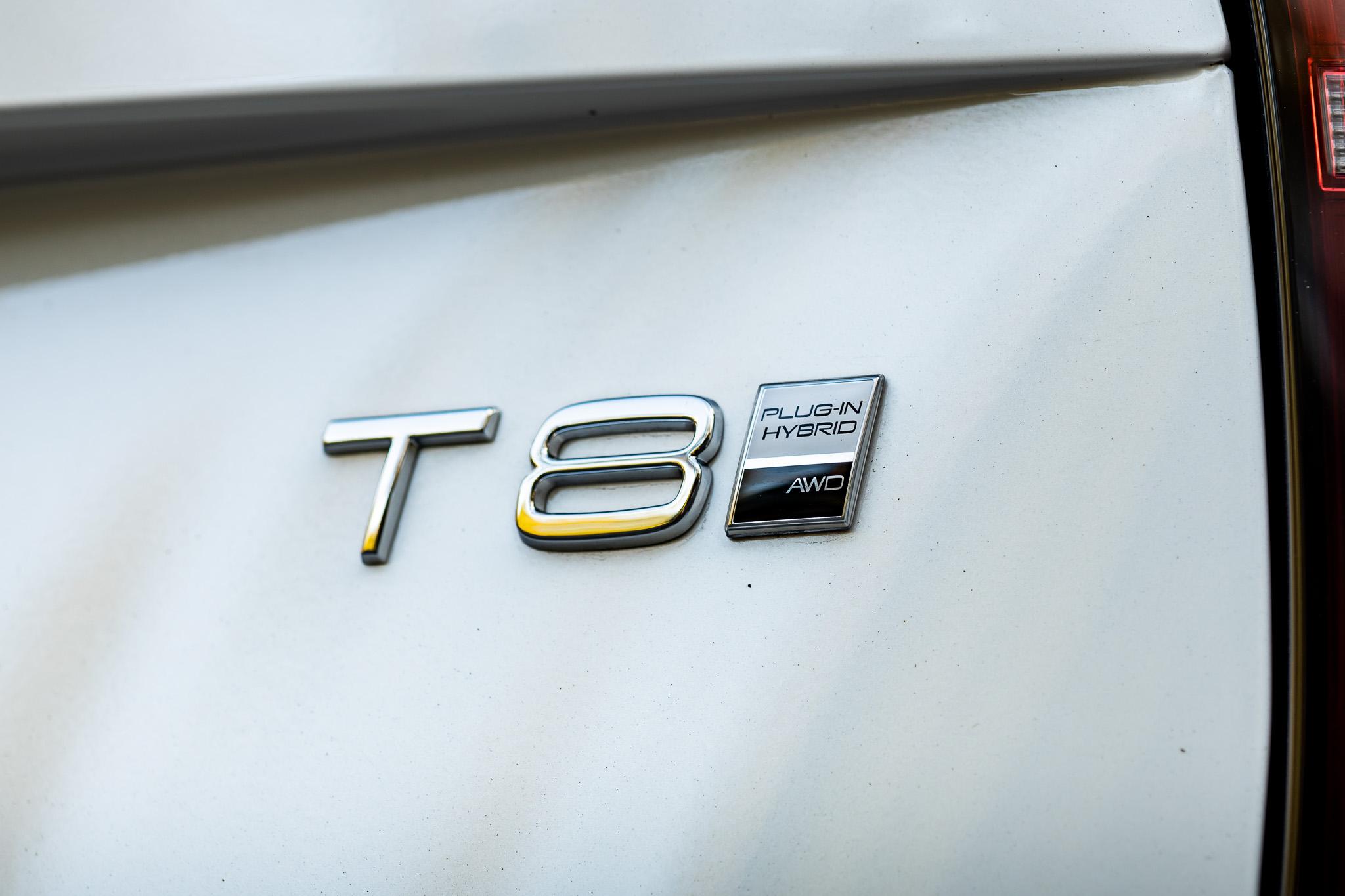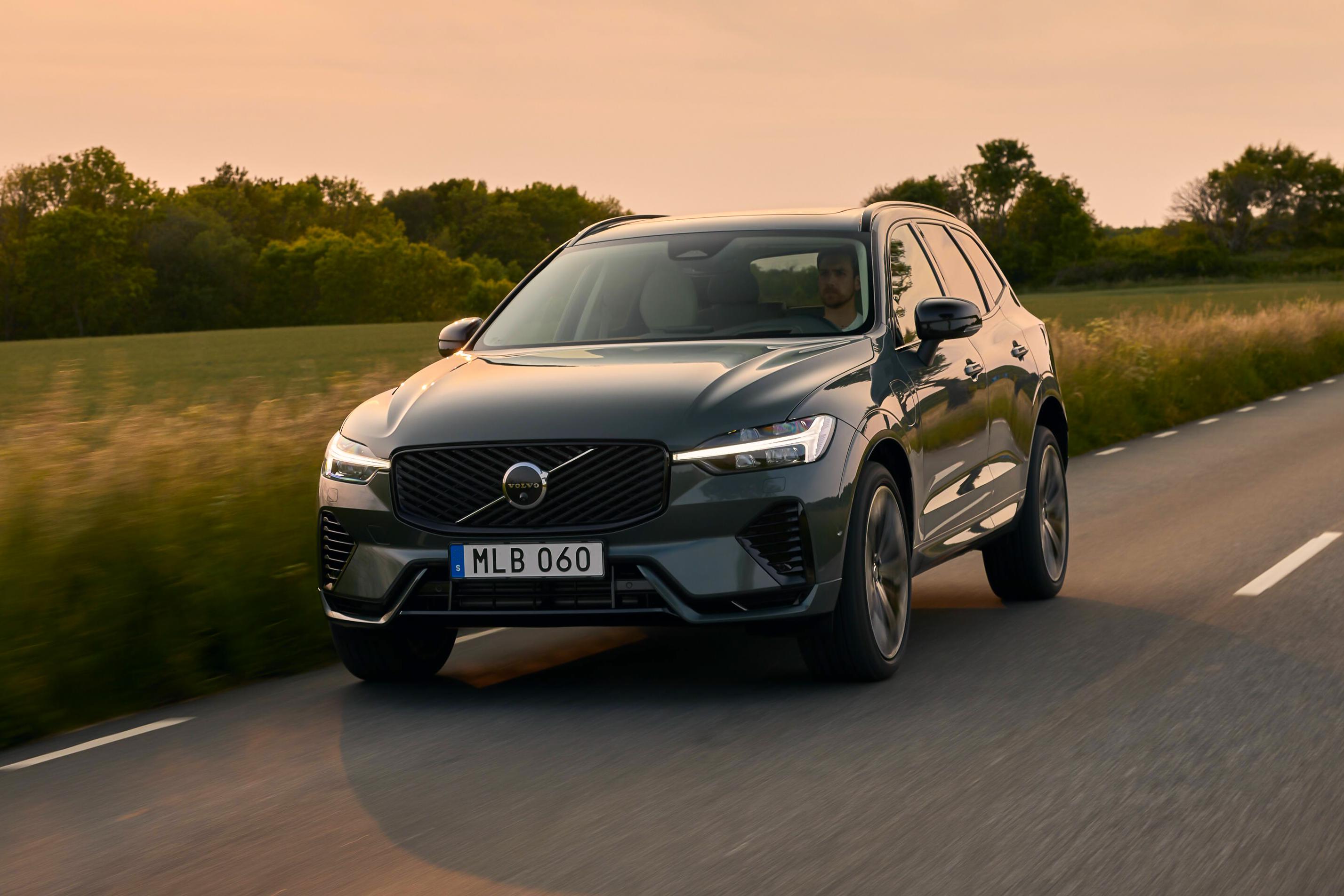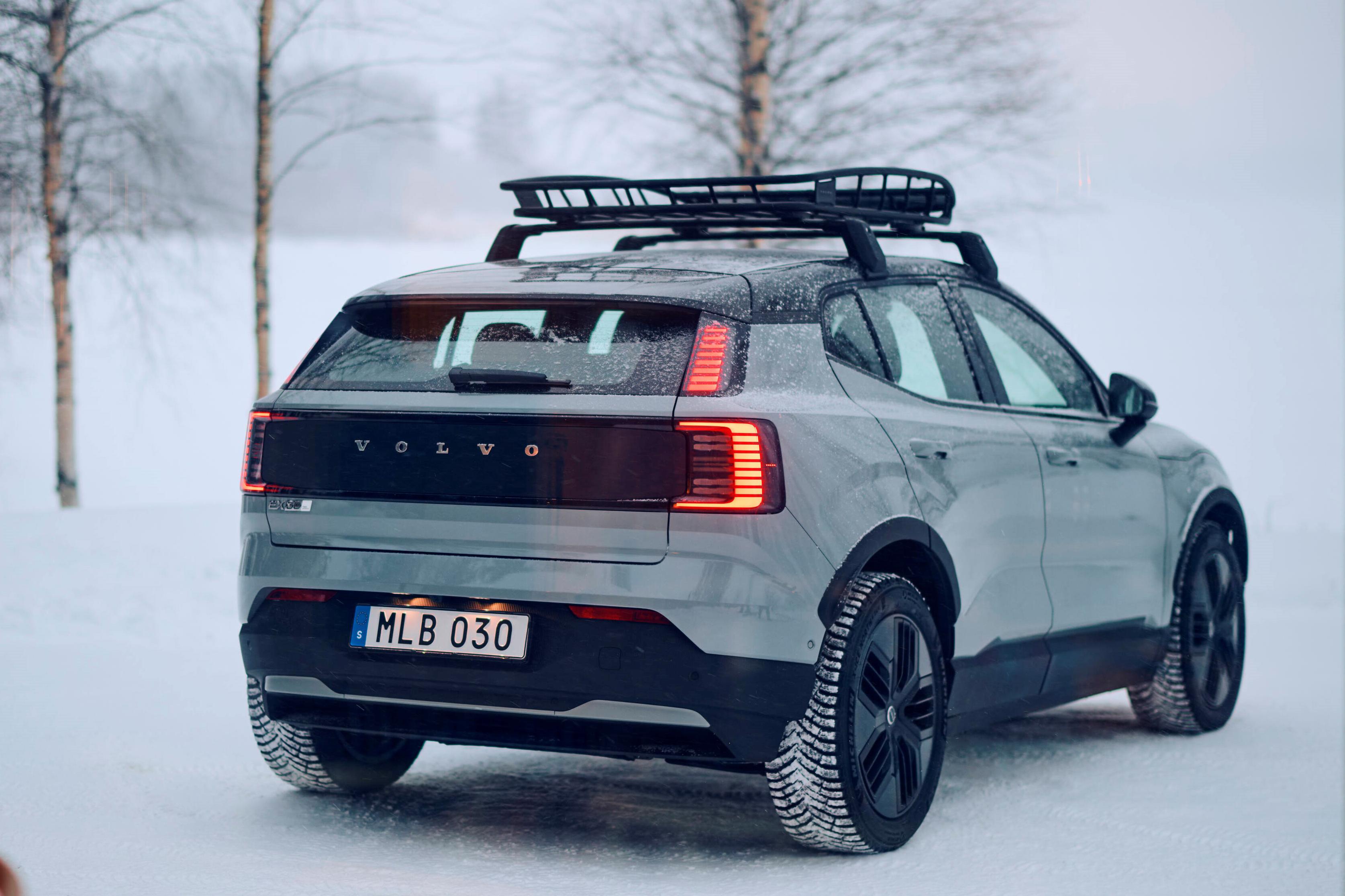Volvo has revised its electrification targets for Australia after previously committing to an all-electric vehicle (EV) lineup by the end of this year.
Back in 2022, local managing director Stephen Connor pledged that Volvo Car Australia would go EV-only heading into 2026. However, that hasn’t come to pass, with the brand still set to offer petrol-powered vehicles for the foreseeable future.
The Chinese-owned, Swedish-headquartered brand has also walked back its ambitious global electrification targets, which included a commitment to selling only electric cars by 2030.
Speaking to Australian media at a brand event earlier this week, Mr Connor said Volvo Car Australia is still striving to hit its electrification goals, although the timeline has shifted. The arrival of the mid-size EX60 electric SUV – slated to arrive in mid-2026 – now shapes up as a key moment in the automaker’s EV transition.
CarExpert can save you thousands on a new car. Click here to get a great deal.

“In the long term we are still fully committed, both on the local level and global level, to be fully electrified,” he said.
“We’re still committed to 2040, and being climate neutral. They’re still key milestones.
“When the EX60 arrives, that’s the time when locally we’ll sit back and go, ‘well, now we’ve got a car in every single segment, do we commit fully and runout the XC90 and XC60?’”
So, why the shift in strategy? Simply, not enough people have been buying EVs to justify such a hasty transition. Conversely, local demand for hybrids has increased, particularly plug-in hybrids – hybrid sales jumped by 76 per cent last year, while PHEV sales were up over 100 per cent.

Both trends have factored heavily into the decisions made by Volvo in Australia.
“The world has changed in the last couple of years since we made that announcement, which was based on consumer demand and product availability,” explained Mr Connor.
“What’s happened with that? We’ve seen a shift in that most consumers nowadays are going from mild-hybrid or petrol cars to plug-in hybrid and electric cars. I’m a believer that most households will have probably two cars, one will be fully electric and the other will be a plug-in hybrid.
“What we’ve also seen in this short time is that the batteries [have improved]. When we first launched our plug-in hybrid we were at 30km on the battery. Now we’re getting 70km and the next generation will probably be 150km, so the plug-in hybrid is a great option.”

As a result of the stagnation in electric vehicle sales growth and a spike in demand for PHEVs, Volvo has temporarily reallocated resources towards PHEVs and MHEVs.
In Australia, Volvo currently offers mild-hybrid versions of the XC40, XC60 and XC90, while the latter pair are also available as a plug-in hybrid.
Both powertrain types will continue to fill in the gaps as the manufacturer readies its next generation of fuel-free models.
“So really, it’s a consumer led strategy now as opposed to an OEM strategy,” said Mr Connor.
“But we will still get there, it’s just a case of when.

“We’re really blessed that we’ve got those refreshed [models] because they’re great sellers for us globally. XC60 is the best-selling Volvo ever. So you know, why wouldn’t we look to refresh those cars?
“But every new car that’s coming through is fully electric.”
Mr Connor expects more than half of Volvo’s Australian sales will come from EVs in 2026, with the incoming EX60 expected to account for a large chunk of the total.
Volvo has also confirmed that the flagship ES90 large electric sedan and EX30 Cross Country small SUV will launch Down Under by early next year, bolstering the brand’s EV lineup.

